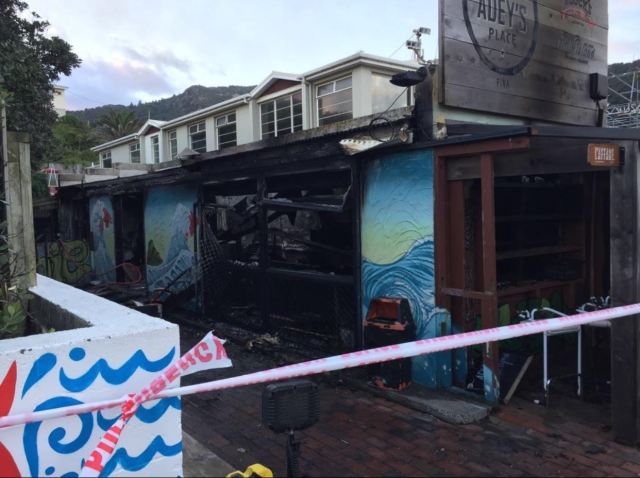Not all are impressed with the plan to save New Zealand’s threatened species.
Forest and Bird say the Department of Conservation’s (DOC) ‘Draft Threatened Species Strategy’ is a fail, and will not lead to any long-term solutions
The strategy aims to promote the protection of threatened species while working towards the goal of making New Zealand predator free by 2050.
Strategies include the implementation of legislation, which will reduce human harm on the environment, and increased research around species conservation.
Spokesperson for Forest and Bird Kevin Hackwell rated the strategy a four out of ten and said it was underwhelming.
“It doesn’t actually address the root causes of the crisis we have with our threatened species,” said Mr Hackwell.
“These causes include things like the habitat destruction which happens when you do an opencast mine, causing the habitat to disappear and the species to go.”
Mr Hackwell criticised the behaviour of other Government departments saying they were counterproductive to the work of DOC.
“We have the Ministry of Primary Industries, Ministry of Business and Innovation, and Land Information New Zealand who are driving a lot of our species to extinction through either a lack of management or through policies that enable other organisations to bypass their environmental responsibilities,” said Mr Hackwell.
He also accused the Government of prioritising profit over environmental sustainability.
“For example, you’ve got the government providing $400 million dollar subsidies to farmers for irrigation schemes yet we have a crisis in freshwater species and quality.” Said Mr Mr Hackwell.
However, DOC threatened species ambassador Nicola Toki said the strategy was strong, and would bring focus to the protection of threatened species.
“It brings all of DOC’s threatened species work plus the work of our community partners and channels it through one strategy with clearly defined goals to ensure that everybody’s energy is heading in the same direction,” said Mrs Toki.
She said the strategy would allow for greater research and development into a large number of species that are considered “data deficient.”
“There are about 3000 species that are considered data deficient so we need to figure out whether or not they could be considered threatened,” said Mrs Toki.
Doug Armstrong who is a Professor in Conservation Biology at Massey University supported the strategy and said naysayers must remember what the strategy is meant to achieve.
“I think it’s a fantastic document and it is going to have a positive impact,” said Professor Armstrong.
“We do need to keep in mind what it’s designed for: It’s designed to show off what is going on and to engage people and also to show what is going to happen in the future.”





